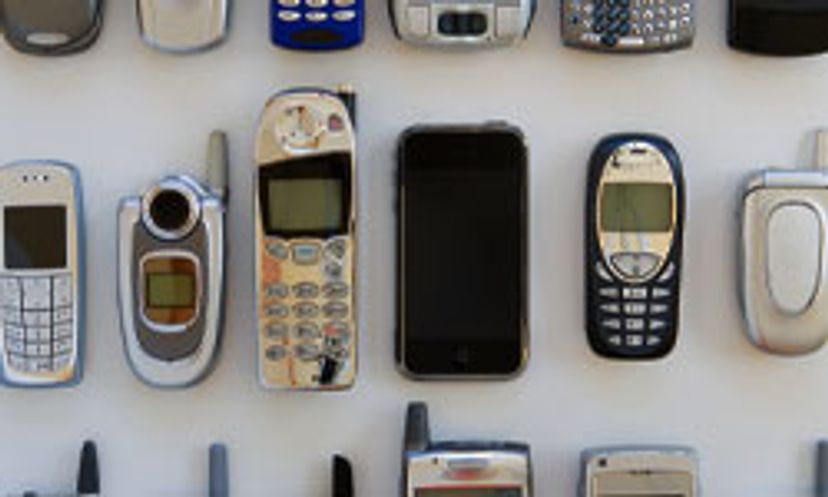
About This Quiz
In line at the corner deli, weaving through traffic, right next to you at a movie theater ... cell phones are everywhere. But are they really that different from walkie-talkies?When you get down to it, even the fanciest phone, with every conceivable bell and whistle, is really just a souped-up two-way radio.
You might imagine the cell phone network as blanket of radio waves spread over a large region. It's really more like a quilt made of small, hexagonal areas called cells. Each cell has its own tower and base station.
In full-duplex communication, you and the person at the other end of the line can talk simultaneously. In half-duplex communication, it's one at a time -- if you try to talk over your chatty neighbor, he won't hear you.
Advertisement
The signals from each tower don't travel far beyond their range of 10 square miles. This means that cellular providers can use the same frequencies over and over in different cells, so more people can talk at the same time.
Imagine the process of moving a call from tower to tower as handing a beach ball from one person to another. If it all goes well, the MTSO lifts the ball from one hand and places it in another. If it doesn't, the MTSO drops the ball -- and your call.
The MTSO isn't Big Brother -- it doesn't necessarily have any idea where you are. It does know whether your SID matches the one in its database. If it doesn't, the MTSO checks in with your home system to make sure your SID is real. Then, it lets you go on talking -- but at roaming rates.
Advertisement
If you're talking on a digital phone over a digital network, your voice becomes a stream of 1s and 0s. These 1s and 0s take up a lot less room than an analog signal, which is a constantly varying wave of information.
You may have heard of cell phone cloning on TV shows like "The Wire." To clone a phone, someone -- either police or a criminal -- has to have your phone's identification information.
It may seem like a far-reaching signal would be better for carrying on a conversation, but a cell phone's signal needs to go only as far as the nearest station. A high-powered signal would mean no battery life and interference with faraway phone calls.
Advertisement
When the Apple iPhone hit the market, it was a locked phone -- it worked only with AT&T service. But inventive users quickly found hacks that could bypass the lock, making their phones usable on other networks.